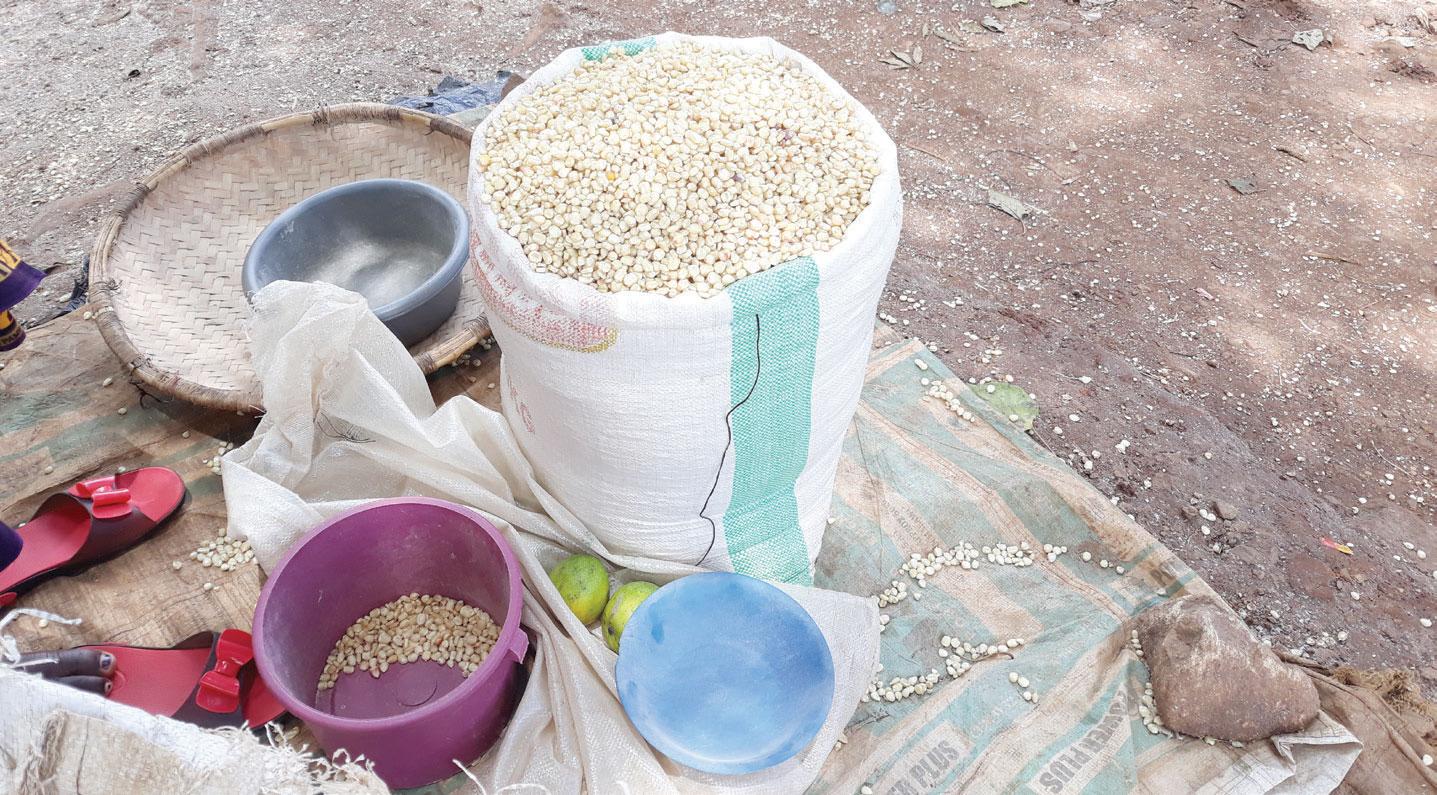Africa-Press – Malawi. A latest Integrated Food Security Phase Classification (IPC) analysis by Food and Agriculture Organisation (Fao) of the United Nations (UN) indicates that about 3.8 million people— translating to about 20 percent of the Malawi population— are estimated to face high levels of acute food insecurity between January and March 2023.
This figure is more than double the number in the corresponding months of 2022, according to the analysis published on January 27 2023. It says, in the 2021-22 season, about 3.3 million were food insecure, compared to 3.8 million people this time around.
The analysis says high food prices are the key reason for the deterioration in food insecurity and that, in the absence of a substantial increase in incomes, the prices are severely constraining households’ economic access to food.
Production shortfalls in Southern Region districts— areas that have the highest prevalence of food insecurity— in 2022 are another contributing factor, the analysis notes further.
“The Southern [Region] districts also have the highest proportion of households facing severe chronic food insecurity, inferring a general lack of resources and adequate coping capacities to respond effectively to short-term shocks,” the report reads.
The report also indicates that maize prices hit a record high in 2022. The annual food inflation rate in November 2022 was estimated at 33 percent, 20 percentage points higher compared to the same month in 2021, although moderately down from the peak in October 2022.
The analysis adds that the key driver of inflationary pressure are high global prices of food commodities and energy, coupled with the 25 percent devaluation of the Kwacha in May 2022, as it reportedly amplified the impact of elevated international prices. At the commodity level, prices of maize grain, the country’s main food staple, more than doubled in the 12 months to December 2022.
“Prices were highest in the structurally deficit Southern [Region] districts, averaging about 10 percent above the prices in Central [Region] and Northern [Region] markets. Upward pressure on maize prices is likely to remain until at least the start of the next harvest period in April 2023,” the report indicates.
The Department of Disaster Management Affairs set aside K74 billion for lean season food insecurity response and emergency from November 2022 to April 2023.
The department is distributing food and cash targeting all the 3.8 million hunger-stricken families who were assessed by the Malawi Vulnerability Assessment Committee.
Some households are receiving K25,000 cash per month while others are getting a 50 kilogramme bag of maize per month from November 2022 to March 2023.
The minimum average cost of a typical household’s monthly survival expenditure in Malawi, according to the World Food Programme assessment, increased by 10.8 percent from October to November 2022, reaching a record high at K92,200.
For More News And Analysis About Malawi Follow Africa-Press






